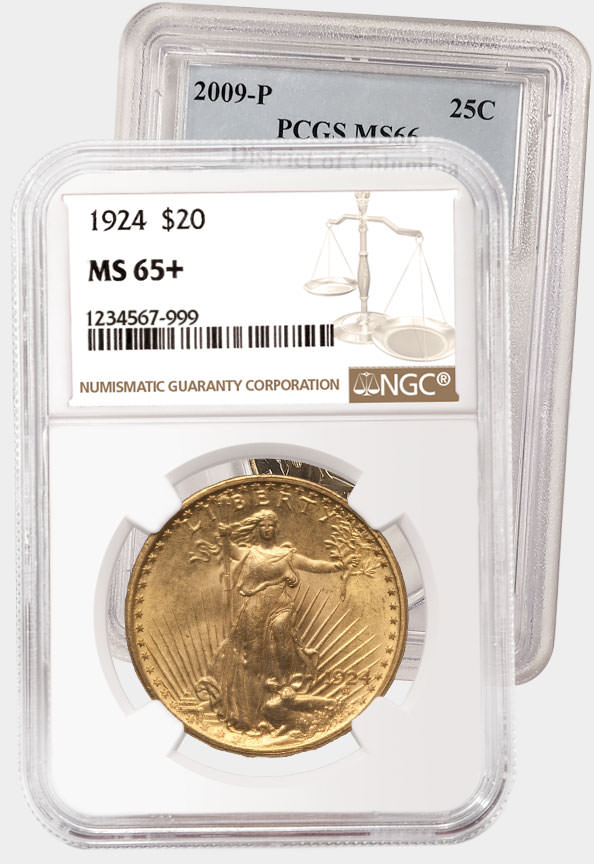Counterfeit Detection: 1868 Gold Dollar
Posted on 8/13/2024
With a diameter and weight smaller than a Roosevelt Dime, Gold Dollars were struck from 1849 to 1889. Each coin contains just under one-twentieth of an ounce of gold, offering collectors an affordable way to add the precious metal to their collection. A Liberty Head design was used for the first six years that Gold Dollars were issued, before being replaced by an Indian Head design.
NGC recently received a purported example of an 1868 Indian Head Gold Dollar, a relatively common date for which genuine examples in low Mint State are worth a little more than $1,000. This one has the Large Head design that was used for most of the 36-year run of the Indian Head Gold Dollars, after an initial Small Head design was quickly phased out.
Though this coin is a low-quality counterfeit, it still can teach some valuable lessons about coin authentication. For starters, numerous details are sparse or completely missing. On the obverse, the headdress and hair have been simplified on the fake, while facial features such as the ear and chin look much different than a genuine example. The two S’s in STATES are particularly poorly executed, while the word Liberty at the base of the headdress has been reduced to mere chicken scratch.
 |
 |
| Close-ups of the obverse of a genuine 1868 Gold Dollar (left) and counterfeit Click images to enlarge. |
|
The reverse also shows problems with the counterfeit’s design, which was executed by hand. The date is thin and lacks the subtle variations in the width of the strokes of a genuine example. The counterfeiter also took some shortcuts with the wreath, which is not even centered. Notice how few grapes there are at the top compared to the genuine example.
 |
 |
| Close-ups of the reverse of a genuine 1868 Gold Dollar (left) and counterfeit Click images to enlarge. |
|
The obverse has so many telltale “tool marks” extending from the rims that the counterfeiter appears to have simply decided they weren’t worth the effort to try to conceal. Speaking of the rims, notice that the denticles have morphed into rectangles in many places on the counterfeit, and there aren’t nearly enough of them.
The small size of this coin can work to the advantage of anyone trying to counterfeit it, but even without a loupe, this one doesn’t stand up to basic scrutiny. If you have a Gold Dollar or another coin and you have doubts about whether it is genuine, remember that NGC backs its determinations of authenticity and grade with the NGC Guarantee.
Did you know? NGC has created a comprehensive Counterfeit Detection resource to help collectors and dealers identify counterfeit and altered coins. Visit NGCcoin.com/counterfeit.
Stay Informed
Want news like this delivered to your inbox once a month? Subscribe to the free NGC eNewsletter today!




